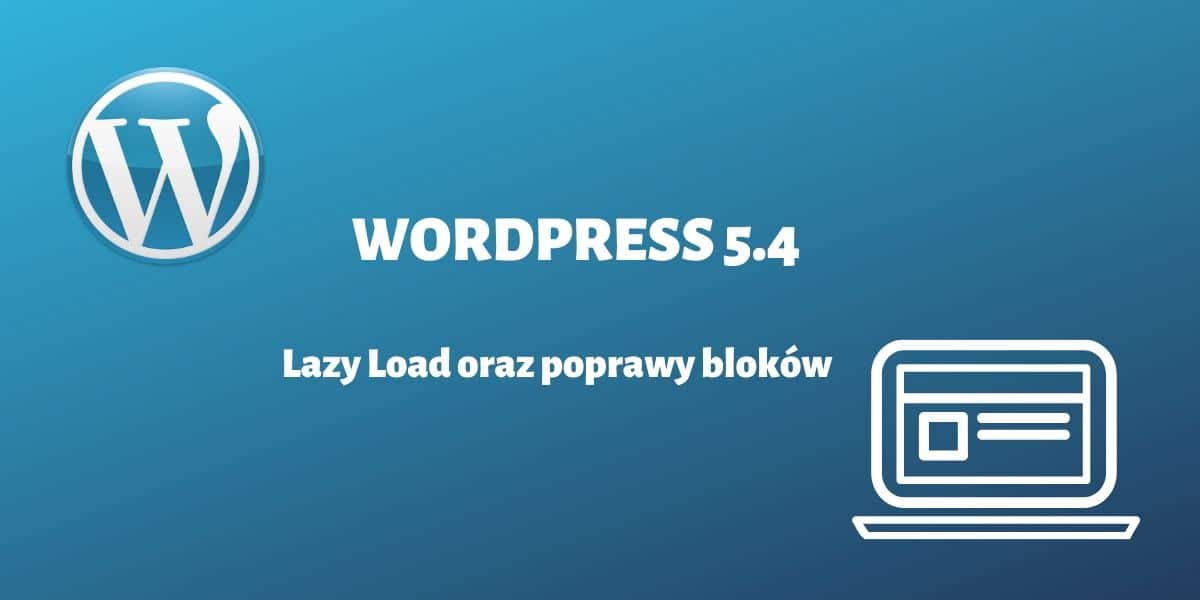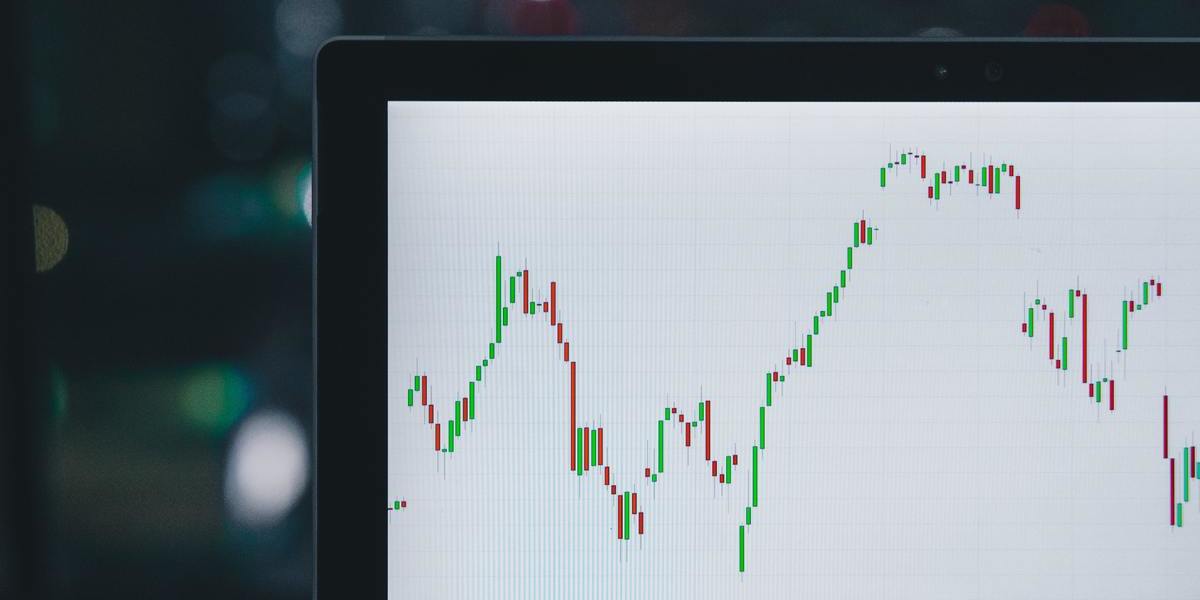
WordPress 5.4 Lazy Load and improve blocks
28 February 2020
Classification tasks in machine education. Machine learning algorithms.
13 March 2020
We all know that Google can crawl content, especially on new sites. But sometimes it can rapidly index everything which Google bots can find, whether you like it or not. This can result in cleaning hours and subsequent maintenance, especially at large websites or e-commerce stores.
The task of SEO specialists is to make sure that Google and other search engines first find our content to be able to understand, index and rank it properly. When we have an excess of indexed pages, we have no clarity as to how search engines should treat our pages. As a result, they take whatever action they agnize the best, which sometimes translates into indexing more pages than necessary.
What exactly is index bloat?
The so-called ‘Index bloat’ occurs when there are too many pages indexed in search engines. In other words, when your site “swells” with search engine indexes, there is an excess of poor quality pages which Google indexes, wasting valuable and limited resources on pages that you probably do not care about.
A bloated index can lead to the following SEO problems:
- Exhausting crawling budget
- Reduced domain organic quality
- Reduced ranking potential of your other sites
In addition, there are several scenarios that apply to some websites in certain situations, which means that they tend to crawl too many pages:
- Add many possible URL variations by introducing product filtering or reordering.
- Sites with a large number of pages that do not necessarily require indexing; such as thank you pages, PPC landing pages, feedback pages, and more.
- Very often we find archive pages, such as blog tags and date archive pages, which overburden search engine indexes, especially when there is no blog category/tag system defined.
- Redesigning or migrating your site. Very often you can find many development or test pages left over when you redesign or rebuild your site.
Why index bloat is harmful to SEO?
A bloated index can slow down processing time and use more resources. One of the SEO aim is to remove obstacles which hinder the creation of great content in search engine rankings, which are often technical character. For example, slow loading, using noindex or nofollow meta tags where you should not, no proper internal linking, and other implementations of this kind.
At best, index bloats causes inefficient indexing, which hinders ranking ability. In the worst case, they can lead to cannibalization of keywords on many pages on your site, limiting your ability to rank top and potentially affecting user convenience by sending search engines to low quality pages.
In summary, Index bloating causes the following problems:
1. Exhausts the limited resources Google allocates to a given site
2. Creates orphaned content (by sending Googlebot to dead ends)
3. Negatively affects the site’s ranking
4. Reduces the domain quality rating in the eyes of search engines
Sources of index bloat
Fortunately, we have several options for identifying and clearing your site’s index to improve page position and relevance of related keywords.
Canonical tags
The canonical tag is a special code used by search engines and bots to difference between the preferred version of a page or a very similar page. By placing a canonical tag in your site’s header, you basically tell the search engine to crawl only the preferred version of the page. The Canonical tag is placed in a non-preferred version along with a link to the preferred version of the page. It only affects the crawling of the site by the search bot, but does not interfere with user interaction after going through the page.
Redirects
In some cases, the index is overfilled for a particular site due to old pages which are actually resolved as 404 error pages when the link is clicked. If the site decides to change its structure, it is possible that both the old and new URLs are currently indexed. In this case, it is best to redirect the old page to the new page to provide visitors with the best service.
Webmaster tools
Google’s webmaster tools now allow site owners to decide how to display different parameters in the site’s index. Parameters allow the search engine to understand how to display a specific page or to capture a cookie or other unique information about a campaign or user.
Pagination
Page break is a form of duplicate content that occurs when an article has more than one page which most likely has duplicate title tags and meta descriptions. To clarify the relationship between successive pages with similar content, we can add special code to the site header to balance the relationship between different pages.
Block crawlers to sites with poor content
Use meta tags and robots.txt to index pages such as:
- search pages,
- category or tag archives.
Search engines try very hard to filter out all spam and pages with questionable content quality, therefrom the endless search quality updates that happen all the time. To calm down search engines and show them all the amazing content which we have dedicated so much time to creating them, webmasters need to make sure that their technical SEO is fastened at the earliest possible stage of the site’s life, before indexing problems become a nightmare.
Using the various methods described above can help you diagnose an excess of index affecting your site so that you can find out which pages to remove. This will help optimize the general quality assessment of your site in search engines, improve your ranking and get a more transparent index, enabling Google to quickly and efficiently find the pages you are trying to rank.


